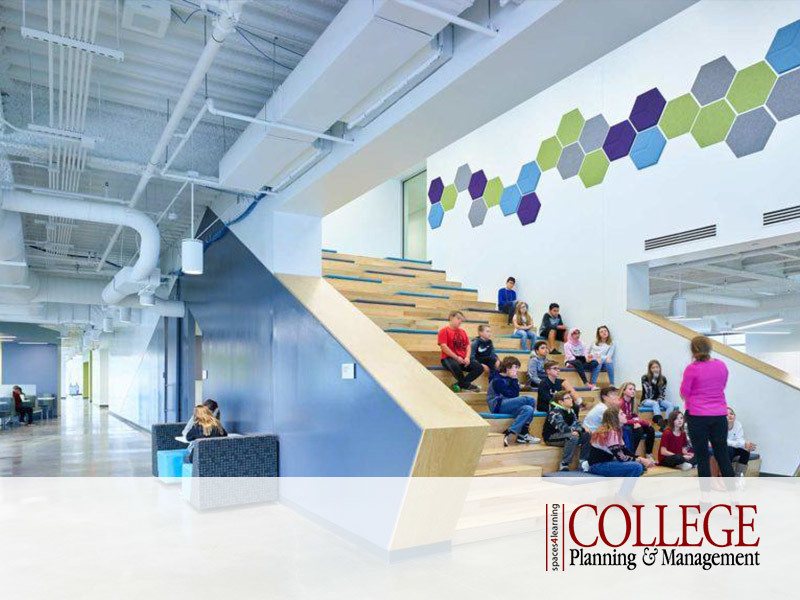Modular and Prefabricated Design Part I: The New Mainstream for Health Systems
A recent HCO News article highlights how modular and prefabricated design is becoming a mainstream solution for healthcare systems facing rising...

The evolution of academic spaces on campus continues to transform interiors into areas that are interactive, tech-enabled, and adaptable to a variety of uses for collaborative engagement. Robust interest in collaborative learning and teaching is driving the design of campus interiors in various ways today. Such interiors are, among other things, being geared to meet current curriculum methods and goals, to enhance school spirit and a sense of community, enable libraries to embrace their evolving roles, and create new kinds of spots for shared work and study. Further, campus interiors can help break down barriers or silos and encourage collaboration between students, between students and faculty, and across disciplines. Examples include commons for different arts or engineering disciplines; or open, non-programmed and technologically well-appointed spaces for all students, such as in student unions, university centers, or lecture hall buildings, equipped with moveable furniture, whiteboards, or walls to readily facilitate collaborative interactions.
Find out more about the Northland Innovation Center, SAGE, and Northwest Missouri State projects

A recent HCO News article highlights how modular and prefabricated design is becoming a mainstream solution for healthcare systems facing rising...

2025 brought a number of recognitions for our work, our people, and our growth as a firm. From project awards to individual honors and business...

Mara Sabatini, Vice President and Senior Project Manager, was recently featured in BD+C’s article, Leadership in Practice: How 40 Under 40 Alumni...
